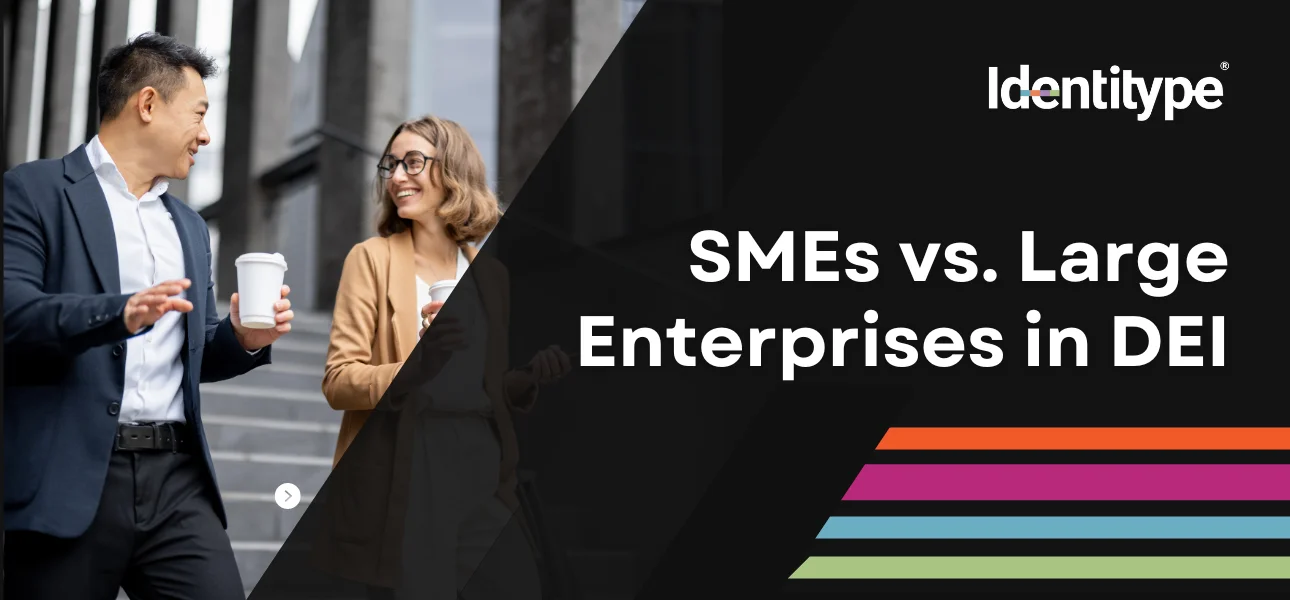
As businesses grapple with the implementation of Diversity, Equity, and Inclusion (DEI) policies, the size of an organization plays a significant role in shaping its approach. Small and Medium-sized Enterprises (SMEs) and large enterprises face different hurdles and opportunities in embedding DEI into their corporate culture. This discussion explores the nuances of their efforts and strategies, illuminating how companies of varying sizes can advance these critical values within their structures.
SMEs: Navigating DEI with Agility and Authenticity
In the landscape of SMEs, resources for DEI initiatives are often less abundant compared to their larger counterparts. Despite this, their nimble nature can be a tremendous asset. The smaller scale of operations allows for a more personal approach to DEI, where policies can be swiftly implemented and adjusted as part of an evolving company culture. The leadership within SMEs is also typically closer to their employees, allowing for a more direct influence on the company’s DEI trajectory.
However, SMEs may face significant challenges. With leaner teams, DEI responsibilities might be shouldered by staff members who already wear multiple hats, potentially leading to a lack of focused attention on DEI initiatives. The financial constraints may also mean that while SMEs can be more agile in decision-making, they might not have the budget for extensive DEI programs or to hire specialists to lead these efforts.
Large Enterprises: The Power and Pitfalls of DEI on a Large Scale
Large enterprises wield considerable resources and influence, enabling them to initiate well-structured DEI programs. These often encompass dedicated teams, extensive training modules, and significant budget allocations. They have the power to influence not just their own workforce but also set industry standards and engage with broader societal DEI initiatives.
Yet, the scale that enables such impact also brings with it a complex web of challenges. In large organizations, change can be slow, with new policies and initiatives needing to pass through many layers of approval. There’s also a risk of DEI efforts becoming a ‘check-the-box’ activity, where initiatives are more about external appearances than fostering genuine inclusion.
Bridging the Gap: Common Challenges and Synergies
While SMEs and large enterprises operate at different scales, they share common challenges in DEI. Both must navigate the delicate balance between implementing effective DEI strategies and ensuring that these strategies are interwoven with the fabric of their organization’s culture.
Leadership is a critical component here. In both contexts, leaders must be champions of DEI, not only in word but in action. This requires ongoing education about biases, cultural competencies, and the systemic barriers that underrepresented groups face. It also involves cultivating an environment where feedback is encouraged and where employees feel safe to share their experiences and perspectives.
Common Grounds in DEI
Regardless of size, there are several areas where both SMEs and large enterprises can focus their DEI efforts:
- Recruitment and Talent Acquisition: Both can develop recruitment strategies that reach a diverse applicant pool and eliminate bias from their hiring processes.
- Training and Development: They can invest in ongoing education and training for their staff, fostering a culture of inclusivity and understanding.
- Community and Industry Engagement: Both SMEs and large enterprises have the power to influence their industries and communities through proactive DEI engagement.
- Accountability and Transparency: Organizations of all sizes can benefit from being transparent about their DEI goals and progress, holding themselves accountable to their employees and customers.
- Inclusive Leadership: Encouraging leaders within the organization to embody inclusive practices sets a precedent for the rest of the staff.
In Practice: Tailoring DEI to Fit the Size
SMEs might focus on creating inclusive cultures through team-building activities and open dialogue, whereas large enterprises could implement more formal mentorship programs and career development paths for underrepresented groups. Recruitment is another area where size matters; while SMEs may rely on local networks and partnerships to diversify their talent pool, large enterprises can tap into global talent and establish comprehensive diversity recruitment initiatives.
Transparency is pivotal. Both SMEs and large enterprises benefit from open communication about DEI goals and the progress made towards them. This could mean sharing data about workforce diversity, pay equity audits, or updates on DEI training programs.
Future Perspectives: The Evolution of DEI Across the Board
The world of DEI is ever-changing, and organizations must be prepared to evolve with it. This means staying informed about global DEI trends, listening to the needs of employees, and being ready to dismantle outdated structures or policies that hinder inclusion.
SMEs can leverage their agility to quickly adopt best practices from around the world, while large enterprises can use their resources to pilot innovative DEI solutions and partnerships. By learning from each other—SMEs from the structured approaches of large enterprises, and vice versa—organizations can develop more comprehensive and effective DEI strategies.
Conclusion: Uniting for a Common Purpose
While SMEs and large enterprises may differ in their approach to DEI, they are united by the common goal of creating workplaces where every employee, regardless of their background, can thrive. Both have their unique strengths and challenges in this journey. Yet, it is by recognizing these differences, sharing experiences, and learning from one another that businesses can make strides in building a more diverse, equitable, and inclusive future.

